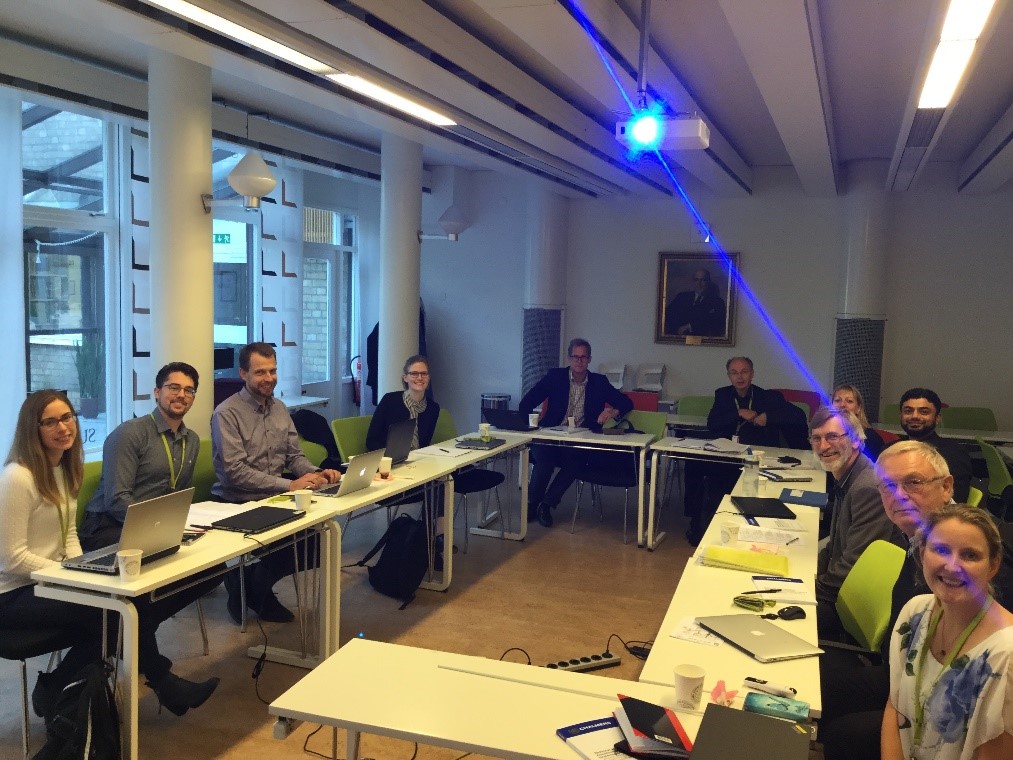As part of the CO2STCAP project, last week I went to the review meeting in Stockholm. Concurring with this, the 4th October was the Cinnamon Buns Day in Sweden and we celebrated both, the last advances on the project and such a nice local pastry.
This project, funded by the CLIMIT program, Swedish Energy Agency and participant partners, is coordinated by Tel-Tek and counts with the presence of 11 partners (Chalmers, Telemark University College, Norcem, Elkem, GCCSI, Swerea Mefos, RISE Bioeconomy, SSAB, AGA Linde and IEAGHG).
The objective of this initiative is to apply partial CO2 capture to the most emitting industries to obtain more cost-effective solutions to reduce carbon emissions in steel& Iron, cement, pulp& paper and metallurgical production of silicon for solar cells. As interesting approach, the consortium is working on their cost assessment, developed by Tel-Tek, together with experimental tests and modelling tasks, supported by the rest of the partners.
During one day full of presentations, we saw the project updates and discussed on the next steps. As highlights, this project is proposing novel ideas and the interface with the cost tool is fascinating.
Regarding the cement industry, a presentation based on the Norcem case was given by Tel-Tek. With 33MW as waste heat available in the process, four cases have been studied, which will be reported in the coming months.
Four different full capture scenarios have been studied for the steel&iron production. Based on the results from the different simulation models constructed, we had an interesting discussion on the following partial capture cases.
Within the results from the pulp& paper industry, we saw one study on the optimization of the capture configuration and the sensitivity analysis to clarify the influence of the assumptions on the results. Operating hours, lifetime and OPEX are the most influencing ones. As one of the conclusions from this presentation, CO2 capture applied to the pulp&paper sector is a cheap solution compared to other industries
During the next period, other configurations will be studied to minimize the cost of CO2 Capture in those industries and the use of biomass will be explored. We are looking forward to attending the next meeting
For more information about the project, there was a recent article published within the framework of GHGT-13: http://www.sciencedirect.com/science/article/pii/S1876610217319690
Previous IEAGHG Technical Reports on those industries can be found in:
http://ieaghg.org/docs/General_Docs/Reports/2013-19.pdf
